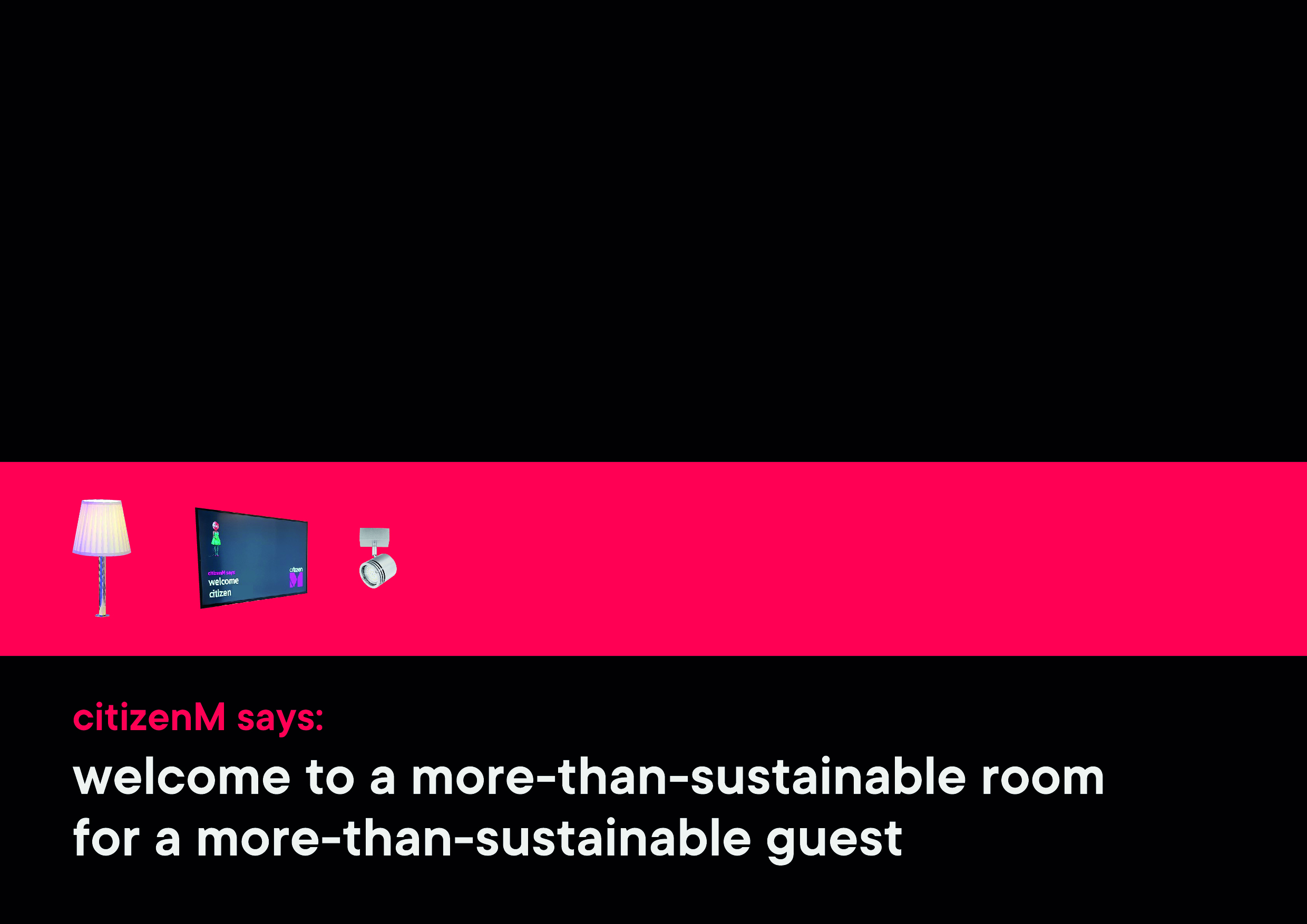
Exhibition 2_Group 19
| Team number | ?Group 19 |
|---|---|
| Students | .jpg) Sabine Prins Sabine Prins David Quijada David Quijada Sofia Robles RamirezSeowoo Nam Sofia Robles RamirezSeowoo Nam |
| Coach | ?Maria Luce Lupetti |
| Brief | CitizenM |
| Keywords | More-than-human Design, Explainable AI, Ambient Awareness |
| One liner | A luxurious hotel stay where the objects negotiate and contest to be sustainable |
| Link to video | https://youtu.be/uOkHooWZCxw |
| Link to video 2 | |
| Exhibition presentation |
Why?
Even though, hotel guests might care about climate crisis and sustainability. Alone in the hotel room, they might want to indulge themselves in more energy and water consuming practices that they could not afford daily. For instance, carefree hot showers, very bright lightning and endless TV watching. But, what if we could merge sustainability and luxury?
Nowadays, a lot of hotel rooms now have their own smart appliances that adjust energy consumption through algorithms. However, people often fail to understand the reasoning behind these algorithms and this might be especially frustrating when you expect a luxurious stay. We would like to make people understand the energy-saving algorithm in a form of conversation with the objects in the hotel room. We want them to be more conscious and discuss sustainability matters in a witty and unique manner. Can we engage hotel guests with an energy consumption algorithm in a fun, enchanting experience that makes them more aware of their energy consumption patterns?
Consequently, our goal is:
Facilitating hotel guests to be more conscious and discuss sustainability and energy consumption matters while maintaining a luxurious experience.
We found that unique experiences mediated by AI can also convey a sense of luxury.
Our strategy for sustainable luxury is:
- More-than-human design: we involve objects as the main agents mediating the experience through their codes of conduct.
- Explainable AI: we aim to help people better understand the energy-saving algorithm in a form of witty conversation with objects.
- Ambient awareness: we visualize desirable energy consumption patterns in an ambient manner to persuade people to behave sustainably.
What?
The objects in the more-than-sustainable room aim to be sustainable and intervene when the guests act against their sustainability goals.
The objects will intervene if:
- A light at distance has been turned on too long.
- A light is turned on when there is enough sunlight.
- More than three lights are turned on.
For the initial intervention, the objects explain the energy-saving algorithm through verbal language and light interactions (see Figure 1).
For the next interventions, the objects automatically act according to their energy-saving algorithm and inform the negotiating process through light and non-verbal sound interactions (see Figure 2).
How?
Unique features of our concept:
In our design, the objects express their thoughts and emotions through their language. The language of the objects is intrinsically related to the resource they consume and their affordances (e.g. light for the objects that consume electricity). The objects have different personalities and relationships with each other. Depending on the personalities, the objects have different voices and ways of expressing themselves to contribute to more dynamism. Last but not least, the objects have their intentions toward sustainability. They follow a code of conduct determined in the energy-saving algorithm to ensure conscious and rational energy usage.
Implementation in real rooms:
This concept could be implemented into real rooms through IoT that connects the objects to share energy consumption data and controls their sound and light interactions. We plan to use the commonly-used communication protocol Zigbee and smart lightbulbs. Furthermore, an energy-saving algorithm would determine when and how to intervene, and conversational AI would mediate verbal communication.

